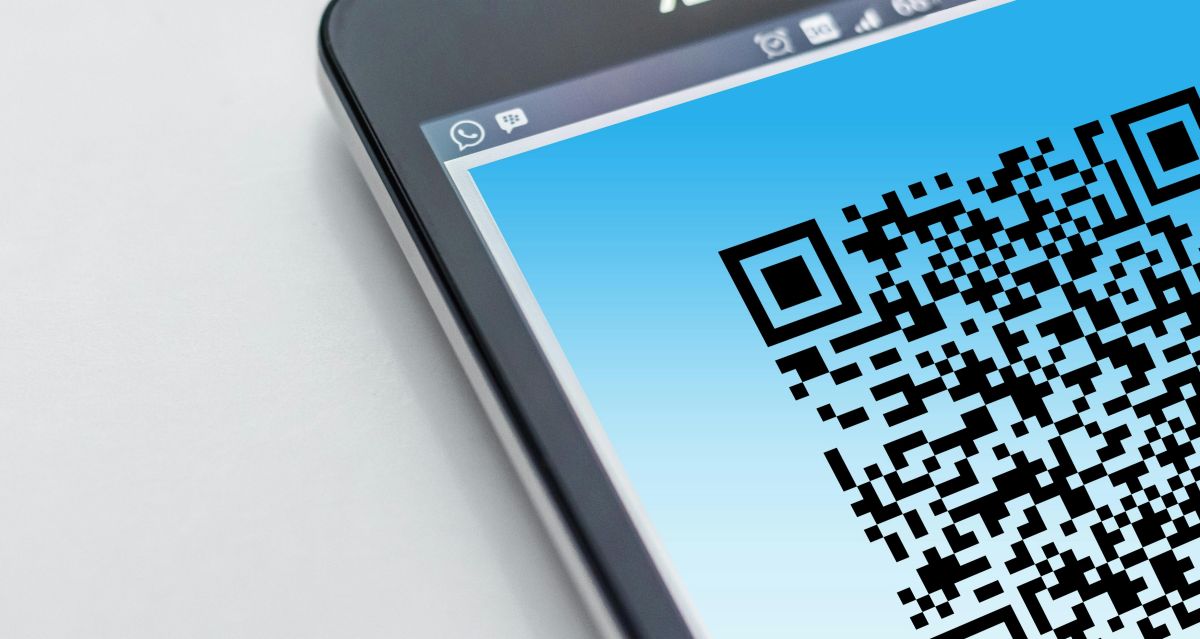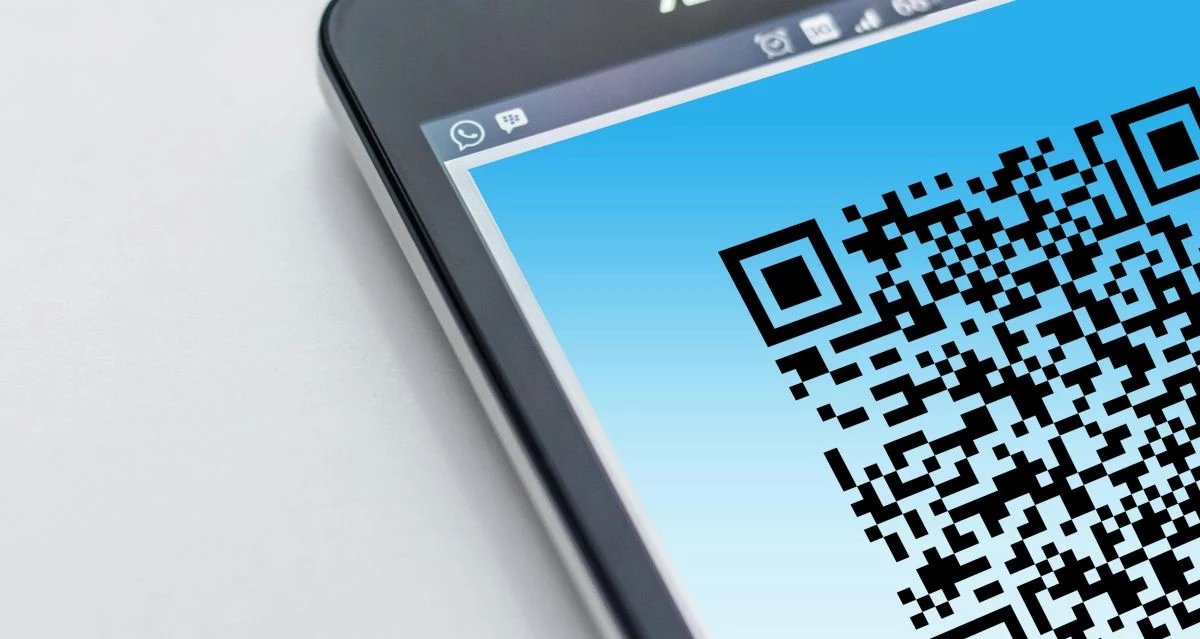QR Code Signage vs. Traditional Menus: Pros and Cons
In the wake of digital advancements and changing consumer preferences, the debate between QR code signage and traditional menus has emerged as a focal point in the hospitality industry. While traditional menus have long been a staple in restaurants, QR code signage offers a modern alternative that leverages technology to enhance the dining experience. In this article, we explore the pros and cons of both approaches to help restaurateurs make informed decisions about their menu presentation. Accessibility and Convenience Traditional menus. Traditional menus provide a tangible and familiar experience for diners, allowing them to peruse the offerings at their leisure […]

In the wake of digital advancements and changing consumer preferences, the debate between QR code signage and traditional menus has emerged as a focal point in the hospitality industry. While traditional menus have long been a staple in restaurants, QR code signage offers a modern alternative that leverages technology to enhance the dining experience. In this article, we explore the pros and cons of both approaches to help restaurateurs make informed decisions about their menu presentation.

Accessibility and Convenience
- Traditional menus. Traditional menus provide a tangible and familiar experience for diners, allowing them to peruse the offerings at their leisure without the need for additional technology. Guests can easily flip through pages, take their time to make selections, and engage with the menu in a tactile manner.
- QR code signage. QR code signage revolutionizes menu access by offering instant accessibility through smartphones. Diners simply scan the QR code displayed at their table using their mobile devices to access the digital menu. This approach eliminates the need for physical menus, reducing paper waste and streamlining the ordering process. Moreover, QR code menus can be updated in real time, ensuring that diners always have access to the latest offerings and promotions.

Hygiene and Safety
- Traditional menus. While traditional menus offer a tangible experience, they also pose potential hygiene concerns, especially in light of recent health and safety considerations. Shared menus may harbor germs and bacteria, increasing the risk of cross-contamination between diners.
- QR code signage. In contrast, QR code signage promotes hygiene and safety by minimizing physical contact between guests and menu surfaces. With QR code menus, diners can view the offerings on their devices, reducing the need for shared materials. This contactless approach aligns with current health guidelines and provides reassurance to patrons concerned about sanitation.
Flexibility and Customization
- Traditional menus. Traditional menus offer a degree of flexibility in terms of design and layout. Restaurants can showcase their branding and aesthetics through creative menu presentations, incorporating imagery, typography, and color schemes to enhance the dining experience. However, updating and reprinting traditional menus can be time-consuming and costly, especially for establishments with frequently changing offerings.
- QR code signage. QR code signage provides unparalleled flexibility and customization options for menu presentation. Restaurants can easily modify their digital menus to accommodate seasonal specials, menu changes, and dietary preferences without the need for reprints. This agility allows for dynamic menu updates and personalized recommendations based on customer preferences, enhancing the overall dining experience.

Conclusion
In the QR code signage vs. traditional menus debate, both approaches offer distinct advantages and considerations for restaurant owners. Traditional menus provide a tactile experience and a sense of familiarity for diners but may raise hygiene concerns in the current climate. On the other hand, QR code signage offers convenience, hygiene benefits, and flexibility in menu presentation, catering to the evolving needs of tech-savvy consumers.
Ultimately, the decision between QR code signage and traditional menus depends on factors such as the restaurant’s brand identity, customer demographics, and operational preferences. By carefully weighing the pros and cons of each approach, restaurateurs can implement menu solutions that enhance the dining experience and meet the expectations of their guests.

